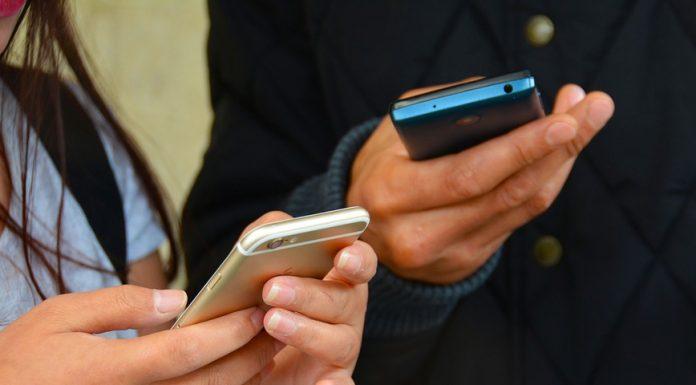(Jacob Bruns, Headline USA) American schools and schoolteachers have had enough of the phone addictions that plague modern students, the Washington Post reported.
Although the problem of students using their devices inappropriately in class has existed for more than a decade, their phone dependency was exacerbated by the pandemic.
And with technology advancing—and cultural trends evolving—faster than teachers can keep pace, inattentive students are increasingly using their smartphones to peruse social media and YouTube during class, the Post reported.
In order to address the growing problem, schools in several states already have adopted policies banishing the devices from classrooms.
Elizabeth Lolli, the Dayton, Ohio Public Schools Superintendent, said that she had no choice but to crack down on the struggling students.
“We basically said, ‘This has got to stop,’” said Lolli. “We’ve got academic issues that are not going to be fixed… if our students continue to sit on their phones.”
Nancy J. Hines, superintendent in the Penn Hills School District in the suburbs of Pittsburgh, said she was experimenting with having students put their phones into locked pouches during the school day.
The San Francisco startup Yondr offers the pouches, relying on its patented technology, for about $15 to $30 per student and also provides extensive support programs for schools hoping to implement a no-phone policy.
Though it has had some success, Hines noted, it has not worked perfectly.
“Do we have 100% compliance? No,” she said. “But the majority of our teachers would say that it is much better. There are fewer distractions.”
In Kansas, teachers find phone usage so rampant that during their contract negotiations they have been asking administrators to find ways to stop cell phones from entering classrooms.
Mike Harris, a high-school teacher and union vice president, said that students already have access to enough technology in classrooms.
“They don’t need their cellphones to learn,” he said.
Parents and students, however, have resisted the rules, arguing that students need access to cell phones throughout the day in case of emergency.
Carin Unangst—a 49-year-old mother of two middle-school boys in Kalamazoo, Michigan— said that she has watched her husband, a teacher, try to stand against the rampant cell-phone usage in class to little avail.
Her husband and his colleagues, she said, were locked in a “never-ending fight with students and their parents regarding cellphones,” as well as other mobile devices like smart watches.
Though the problem is larger than just students’ time at school, new studies indicate that social media usage is even more harmful and pervasive than previously thought.
“There is now a great deal of evidence that social media is a substantial, not just a tiny, of depression and anxiety, and therefore of behaviors related to depression and anxiety, including self-harm and suicide,” wrote Jonathan Haidt, a psychologist at New York University-Stern.

